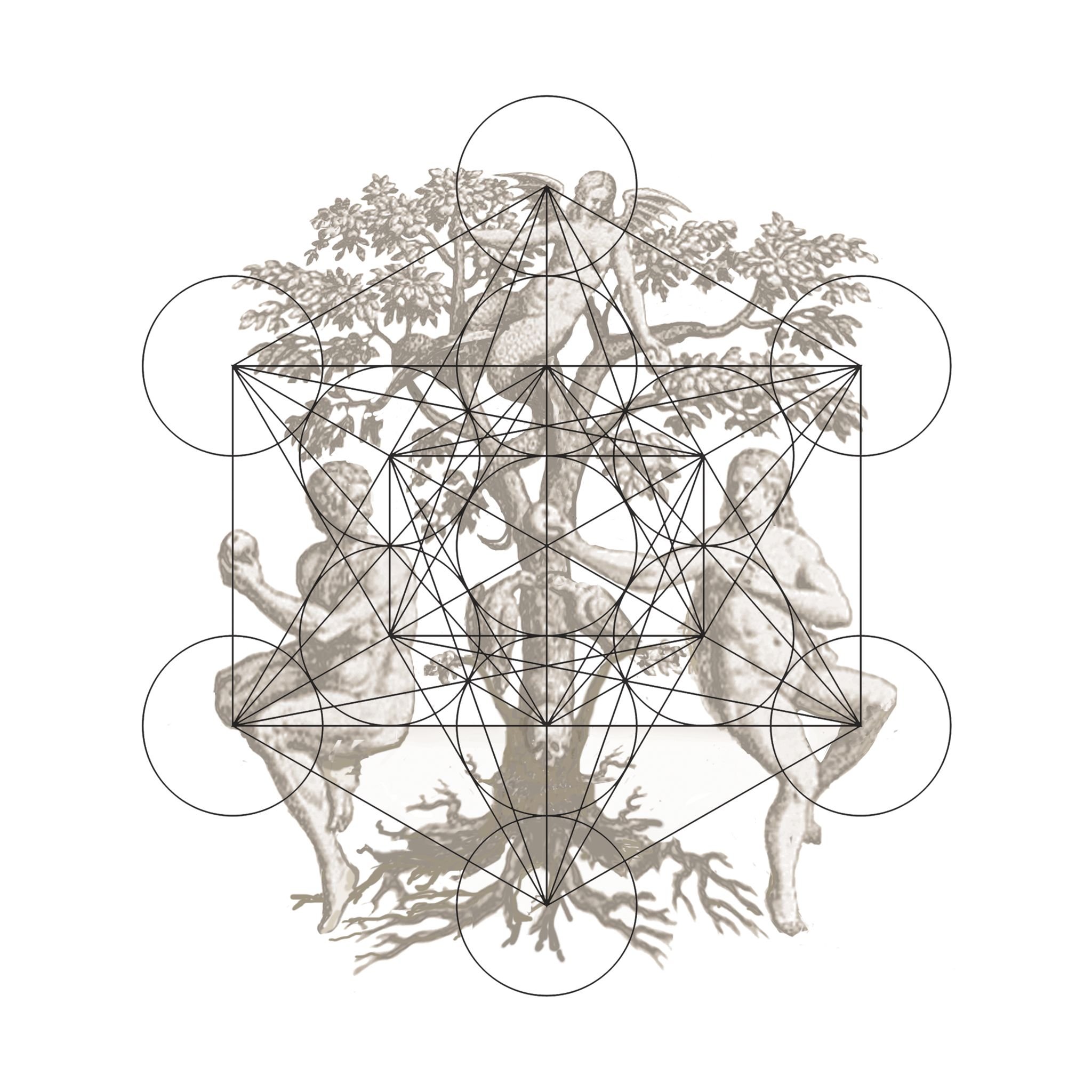
INTRODUCTION :
Throughout the exhibition, the diasporic condition presents itself in her paintings as an unfolding allegoric commentary. The works become a contemplation of transience, a theatre in which human instinct compassionately addresses ideas of settlement, a reaction to one’s, or anothers, transient restlessness and displacement and a complex dispersion of un-at-homeness and groundlessness...
Read more/less
Harper’s often large-scale paintings, underpinned by intense drawing, demonstrate a mode of reconstructing visual appearances; events, beliefs, dreams, memory and mediated imagery, whereby seamless, sometimes fictional fragmentations are rearranged and presented as plausible happenings. The motives of her works are intended to be contradictory, at once both particular and general, restrained and ornate, whole and fragmented, detectable and imperceptible, relatable and distant, reflecting the complex duality of the human condition.
Harper studied at UWE Bristol from 2008-2011, The Royal Drawing School from 2012-2014 and Turps Art School from 2016-2018. Since 2014 she has taught, through the Royal Drawing School at various institutions including The Saatchi Gallery, The V&A Museum of Childhood, Cass Arts, Drawing School Central/Selfridges, The Southbank centre, The National Gallery; She was awarded The Michael Moritz residency Tuscany and The Modi Institute of Fine Art, India 2014.
Harper is represented in both private and public collections including the Royal Collections, The Ruth Borchard Collection and the Ullens Collection. She has exhibited in numerous group shows including Christies London and New York and most recently been included in Bloomberg New Contemporaries 2018. She has also exhibited at ‘Artist of the Day’ at Flowers Gallery 2018, Supersimetrica Art Fair, The Pie Factory / Turner Contemporary - Turner show in Margate and The Turps Gallery London. She is currently Artist in Residence for the Ryder Project at A.P.T in Deptford and recently won the ACS (Artists Collecting Society) Studio Prize 2018.
ONLINE CATALOGUE (click below) :
EXHIBITION INSTALL IMAGES :
EXHIBITION INTRODUCTION :
The extensive scale and the exhilarating vibrancy of colour of Harper’s works mesmerise. Permeated with immediacy, evocative at once of an Instagram story and Bonnard’s rendition of Impressionism, their insouciant charm draws in and captivates. The artist eschews narrative descriptions, relying on the relationship between pictorial elements to convey meaning. Far from austere, the settings of her works with all their verdant splendour, however, do not swamp the viewer. There is no overembellishment or unnecessary detail...
Read more/less
In this sense, Harper's paintings share a formal resonance with works of the French fin de siècle and early twentieth century decorators, preoccupied with the ‘true art of painting’. According to the critic G.-Albert Aurier, painting could be created only to ‘decorate with thoughts, dreams, and ideas the banal walls of human edifices.’ He maintained that the easel-picture was nothing but an illogical refinement invented to satisfy the fantasy in decadent civilisations. Working on a large scale allows Harper to truly connect with her process, to create paintings marked by a palpable physical depth.
This show at Anima Mundi highlights the body of work created between 2017 and 2019. With their strong visual vocabulary, the paintings tap into the prevailing mood of the artist’s generation with its wistful introspection and nostalgia for the ostensibly simpler past. Her subjects are frequently observed outdoors – Harper tends to execute a series of preparatory drawings, which later allow her to distil the final image. Her work, however, is informed in equal part by the tropes and clichés of contemporary cultures. Harper interweaves the elements of form and colour to create a concentrated rendering of reality, without losing any of the genuine spontaneity.
Exploring the acute self-awareness of social media culture, Harper exposes the dichotomy between private feeling and public profile. Her subjects are captured in what seem to be holiday snapshots imbued with lyricism and subtle humour. The young running men in Swamped (2018) recall simultaneously the Panathenaic amphora athletes and the archetypal Three Graces depicted in a primaeval forest. Lithe and nimble, they are at one with nature – the unity, which in art history is traditionally reserved for women. In her Clambering Rock Pools (2018), the artist wittily subverts yet another anachronism, namely the female bather. Contrary to the convention of the genre, the women in Harper’s painting are not reduced to the static embodiment of beguiling beauty. They are, in fact, uncompromisingly real. Negotiating awkwardly the mossy rocks of a distant island, her bathers do not radiate docility or coyness and appear entirely uninterested in their outward image, much too preoccupied with finding whatever it is they seem to look for.
Most of these subjects are urban nomads; global citizens with itinerant lifestyles, traversing continents and cultures with remarkable nonchalance. The continuous recasting of these characters allows the artist to examine the phenomenon of mobility in different societies. Existing in a multiplicity of forms and dimensions, including bodies, objects, and ideas, migration has been seen, for some time, as an intrinsic and necessary part of modern life. Yet with increased discussion of ‘migration crises’ and changing patterns of cross-cultural interactions, issues of belonging and acceptance – and so, too, those of freedom of movement – seem to be gaining new significance in Europe and North America. Through her subtle and thoughtful works, Harper raises a probing and troubling question: at which point does personal freedom become a societal problem?
Dzmitry Suslau, 2019















